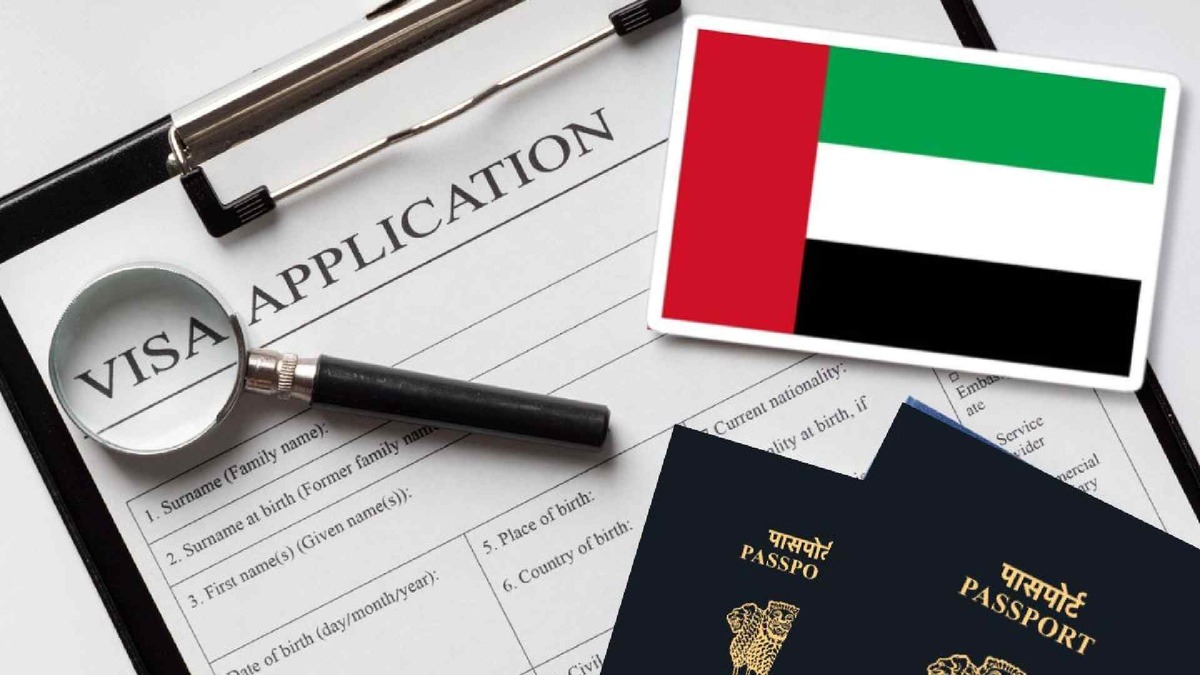The Kuwaiti Dinar: A Look at the World’s Most Valuable Currency
Have you ever wondered which currency holds the title of the strongest in the world? Look no further than the Kuwaiti Dinar. With its high value, the KWD isn’t just a unit of exchange; it’s a powerful symbol of the nation’s economic strength and stability.
Here’s a quick guide to understanding the currency you’ll encounter in Kuwait.
Why Is the Kuwaiti Dinar So Valuable?
The primary reason for the KWD’s incredible value is Kuwait’s immense oil wealth.As one of the world’s leading oil exporters, the country has a robust economy backed by significant reserves. The government’s carefully managed monetary policy and a stable political environment have also contributed to the currency’s strength over the decades.The Kuwaiti Dinar was first introduced in 1961, replacing the Indian Rupee.
Banknotes and Coins: What to Expect
The KWD is divided into 1,000 units, known as “fils.” While visitors might not use many coins, it’s good to know they exist.
- Banknotes: The denominations are familiar but carry significant value. You’ll find notes in 1/4, 1/2, 1, 5, 10, and 20 Dinars. The 20-Dinar note is the highest denomination and is worth a substantial amount.
- Coins: Coins are available in 5, 10, 20, 50, and 100 fils.
- Tips for Visitors
- Currency Exchange: You can easily exchange major currencies like the US Dollar, Euro, or British Pound at exchange houses and banks throughout Kuwait.
- Card vs. Cash: While cash is useful for small purchases, almost all businesses, from large malls to restaurants, accept credit and debit cards.
- High Value: Remember that a single Dinar is worth a lot. You might feel surprised when you see a price tag of just a few Dinars for an item that would be much more in other currencies!
- The Kuwaiti Dinar stands as a powerful testament to the country’s economic success. Its stability and high value make it an intriguing currency and a key part of Kuwait’s national identity.
A Brief History
The Kuwaiti Dinar was first introduced in 1961, replacing the Indian Rupee.The KWD is divided into 1,000 units, known as “fils.” While visitors might not use many coins, it’s good to know they exist.Banknotes: The denominations are familiar but carry significant value. You’ll find notes in 1/4, 1/2, 1, 5, 10, and 20 Dinars.
The national currency of Kuwait is the Kuwaiti dinar (KWD), which is highly valued in relation to other world currencies. The Gulf Rupee was replaced by the new currency, the 1000 fils, which was introduced in 1961. The KWD is issued by the Central Bank of Kuwait and is available in multiple denominations for both coins and banknotes, providing a broad variety of transactional capabilities. Kuwait’s considerable oil resources and stable economy are reflected in the KWD’s strength. Because of its worth and dependability, it is a trusted and generally acknowledged currency in international financial markets that is frequently used in cross-border transactions and investments.
Currency Exchange Rates in Kuwait for today Date is mentioned below
Disclaimer: Rates are indicative and subject to change. For actual remittance rates











